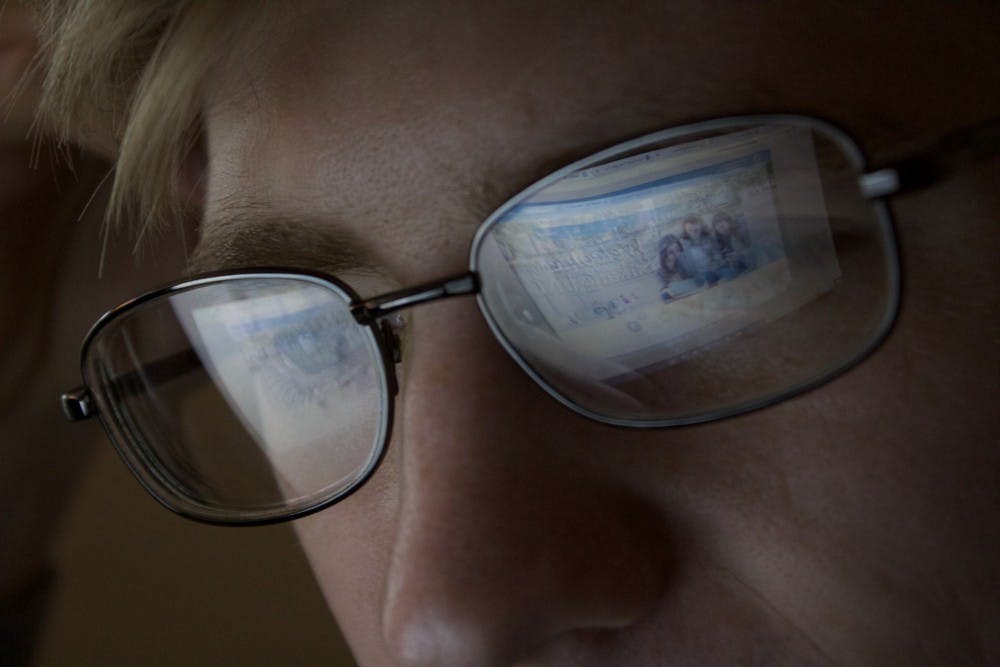Online course instructors show bias in their responses to students based on perceptions of gender and race, a recent study found.
Massive Open Online Courses, or MOOCs, have become an integral part of higher education since their introduction in 2008. Twenty-five percent of all post-secondary students took some or all of their courses online in 2013, according to a 2015 study published in the Journal of Economic Perspectives.
The design of MOOCs are intended to promote open-access and unlimited participation for all learners. A recent study of this platform, however, identified issues of equity within the classes themselves. The study, "Bias in Online Classes: Evidence from a Field Experiment," found instructors discriminate in their responses to students based on perceptions of race and gender.
The study was conceived and conducted by the Stanford Center for Education Policy Analysis. The authors of the study believe it is the first to demonstrate biases among both students and instructors in these settings.
According to the study, instructors are 94 percent more likely to answer comments posted by white male students than any other students. The study failed to find general evidence of bias in responses from other students.
Study co-author Thomas Dee, a professor at Stanford University's Graduate School of Education and director of the Stanford CEPA, said there were two motivations behind the study: the rapid growth of these online classrooms and the lack of discussion around online classrooms as social spaces.
The study was able to isolate and observe instructor biases by placing randomized comments of fictional students in the discussion forums of 124 different MOOCs.
Dee said the classes were taught out of many different schools and by professors at some of the leading and most selective universities in the U.S.
The fictional students were randomly assigned names that connoted a specific race and gender.



